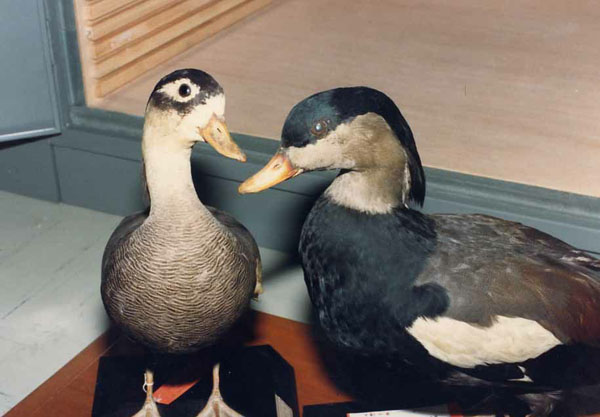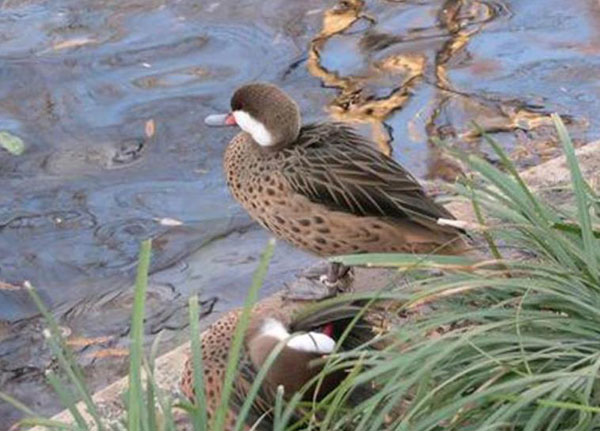Tadorna cristata
IUCN
LCBasic Information
Scientific classification
- name:Tadorna cristata
- Scientific Name:Chicken head and duck,Tadorna cristata,Crested Shelduck
- Outline:Waterfowl
- Family:Anseriformes
Vital signs
- length:61cm
- Weight:
- lifetime:
Feature
Dimorphism. The male has a black-green crown, the female has white eye circles, and the head has prominent feathers.
Distribution and Habitat
It was historically distributed in Northeast Asia, including southeastern Siberia, the borders of Russia, China and the Korean Peninsula. There have been no confirmed sightings since the 1970s.
It lives in various habitats such as rivers, lakes, estuaries, ponds and nearby grasslands, wastelands, swamps, sandy beaches, farmlands and plain open forests, especially in the lake zone on the plain. It lives mainly in inland freshwater, but is also found on coastal beaches and saltwater lakes and in open grasslands far from water.
Appearance
Male eye rings to the top of the head, the upper back of the hind neck and the chest are bluish black, the lower cheek to the front neck is white, the front wings are white, the lower tail cover and the waist are chestnut, the upper back and the lower abdomen are grayish brown; The female bird has white eye circles, white forehead, and grayish white chest and abdomen with black brown stripes, the rest are the same as the male bird. The irises are dark brown, the bill is red for males, pale red for females, and the feet are red.
Details
The crested duck (Tadorna cristata) is a group of birds of the family Anatidae, inhabiting lakes, rivers, ponds, salt ponds, estuarine marshes, and grasslands. Mixing with other duck species. They live in pairs during breeding period and in family groups and small groups during non-breeding period. People are hard to approach. ,

It mainly feeds on aquatic plant leaves, buds, seeds, crop seedlings, grains and other plant foods, but also eats insects, crustaceans, mollusks, shrimp, water frogs, earthworms, small frogs and small fish and other animal foods. Foraging occurs at dusk and early in the morning, and sometimes during the day.

Sexual maturity at 2 ages. Breeding season May to July. It usually breeds in open plains, and the union of pairs is relatively fixed. Nests are made in natural caves or other animal abandoned burrows and tombs on open plains grasslands, as well as in earth holes and stone caves on mountains and lake islands. The nest consists of a small amount of dead grass and a large amount of downy feathers. Clutch size 6-10 eggs. Carried by the female alone, the male keeps watch near the nest, calls loudly to warn when in danger, and sometimes flies to intimidate the intruder in an aggressive posture. The female covers her eggs with feathers when she leaves the nest, and then goes out to forage with the male. After the end of foraging, the male flies back to the nest with the female, and then leaves the female to roost near the nest. The incubation period is 27-30 days, and the chicks hatch in early May. Hatched chicks swim with their parents in ponds and streams, and immediately hide in the grass on the shore after seeing people. The chicks are born early, covered with feathers, and can swim and dive. There is also information that after hatching, the chicks are usually carried from the nest area to the water by the parent bird. When swimming in the water, the chicks often climb on the backs of their parents to play, and the chicks have the ability to fly after about 50 days of fledgling life under the leadership of their parents.








